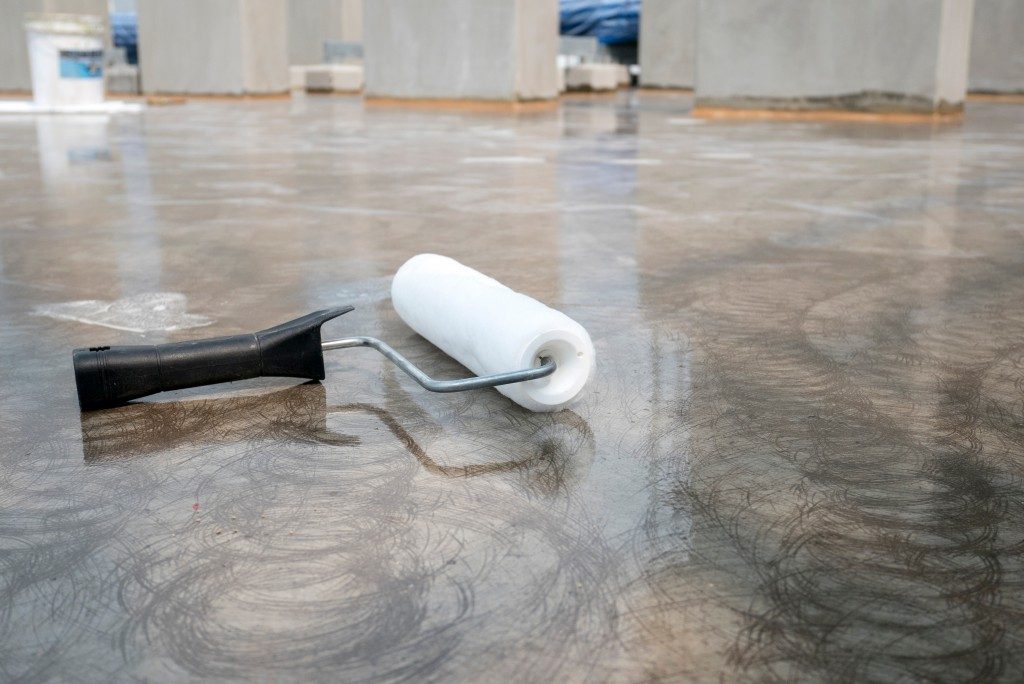Concrete is considered one of the most durable material options for exterior and interior floors and working surfaces. It can withstand a range of harsh elements most materials would ordinarily not and is easy to maintain and clean.
Most construction experts are nonetheless still opting for other materials for their clients’ floors and surfaces as they consider concrete to be aesthetically unappealing. Moreover, they assume concrete with intricate designs will be expensive and significantly increase the price of their construction.
With the right concrete supplies and tools along with some technical know-how, however, you can transform the look of your concrete surfaces. The application of acrylic stains is among the best techniques to do this.
These penetrate the concrete and generate a semi-transparent colour. They work much like dyes, and unlike acid stains will create a uniform look. They work for the outdoors and indoors and can help hide the imperfections found in old concrete surfaces like cracks and stains.
The following are the techniques used for acrylic concrete staining.
Blending Technique
This generates a marbled look on finished concrete surfaces. You will use a sprayer for the application of a staining first coat to a small area. The acrylic stain dries quickly and will allow the application of second and third coats in quick succession.
The key to getting a perfect look when using the blending technique is to apply the coats wet on wet. This way, all the colours will gradually blend to form a transition with the stain colours. After the stain is dry, you should apply a sealer.
Misting Technique

This technique will create a quartz or speckled look for your concrete surfaces. The misting method will start with the application of a base coat on your concrete, followed by a second coat of acrylic stain that is then left to dry.
The second coat will be lightly misted using the desired colour before it dries. Once dry, you should wash the surface then protect it using a sealer.
Scoring Technique
This is used to generate a brick, stone, or tile look for your concrete surfaces. Concrete scoring is also called engraving. The process starts with the drawing of your surface using a pencil and a marker. You can use a circular saw comprising a diamond blade measuring seven inches to draw straight long and thin lines with the blade depth set as 1/16 inches.
For broad lines, you can use an angle grinder that has a 4-inch grinding blade set at 1/4-inch depth.
Ragging or Sponging Technique
Here, you will apply the base coat to your concrete surface using a pump sprayer or roller then allow it to dry. After this, apply a second stain colour utilising a rag or sponge to follow your predetermined pattern. You can allow the design you create to dry, then apply another colour if you so wish before applying a sealer.
If you are using the acrylic stain in your outdoor surfaces, aim for environmental temperatures of 50-90 degrees. This way, the integrity of the acrylic stain will remain unaffected. With the above tidbits, you can now guarantee your clients the best-looking concrete surfaces.
